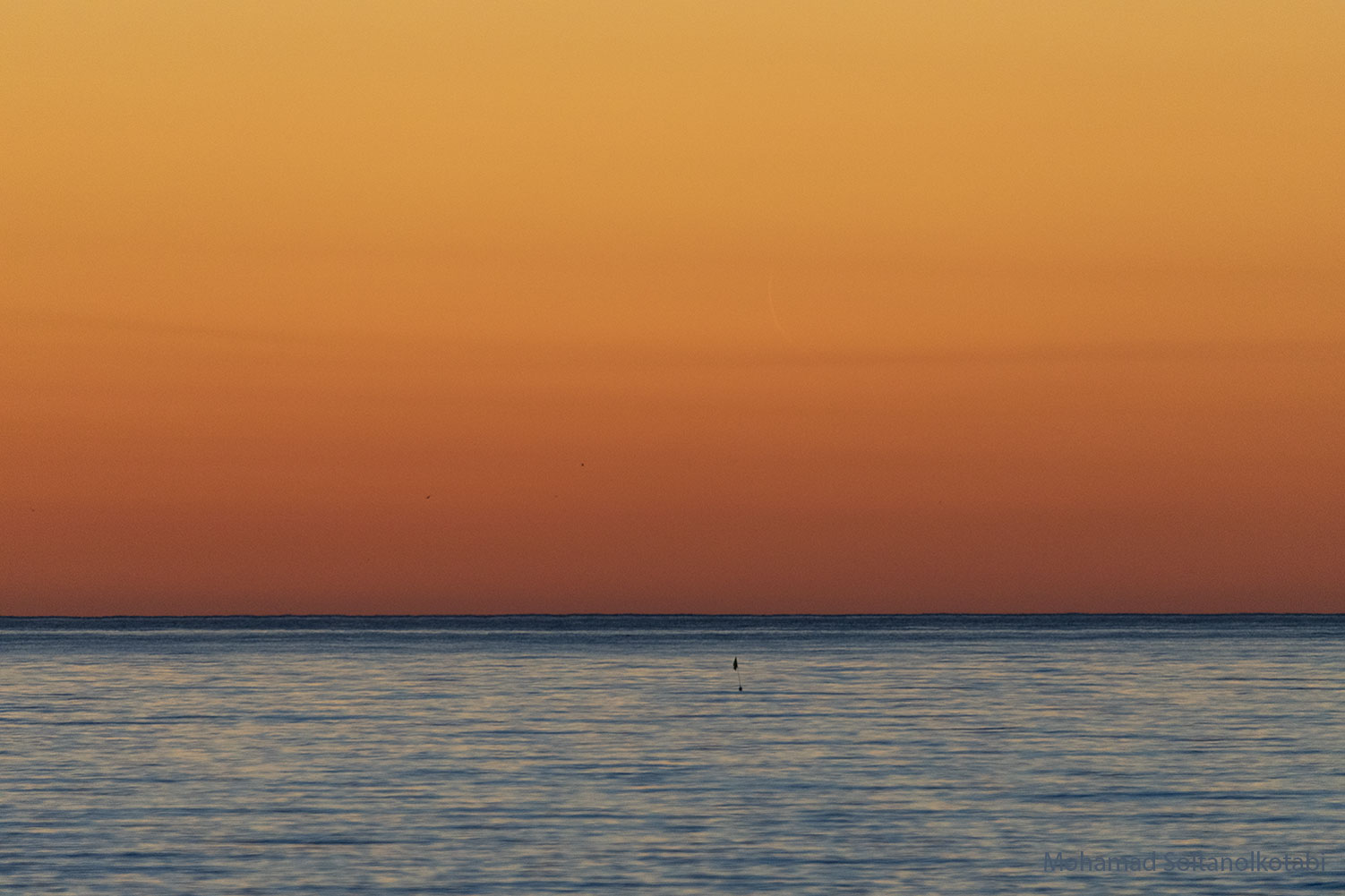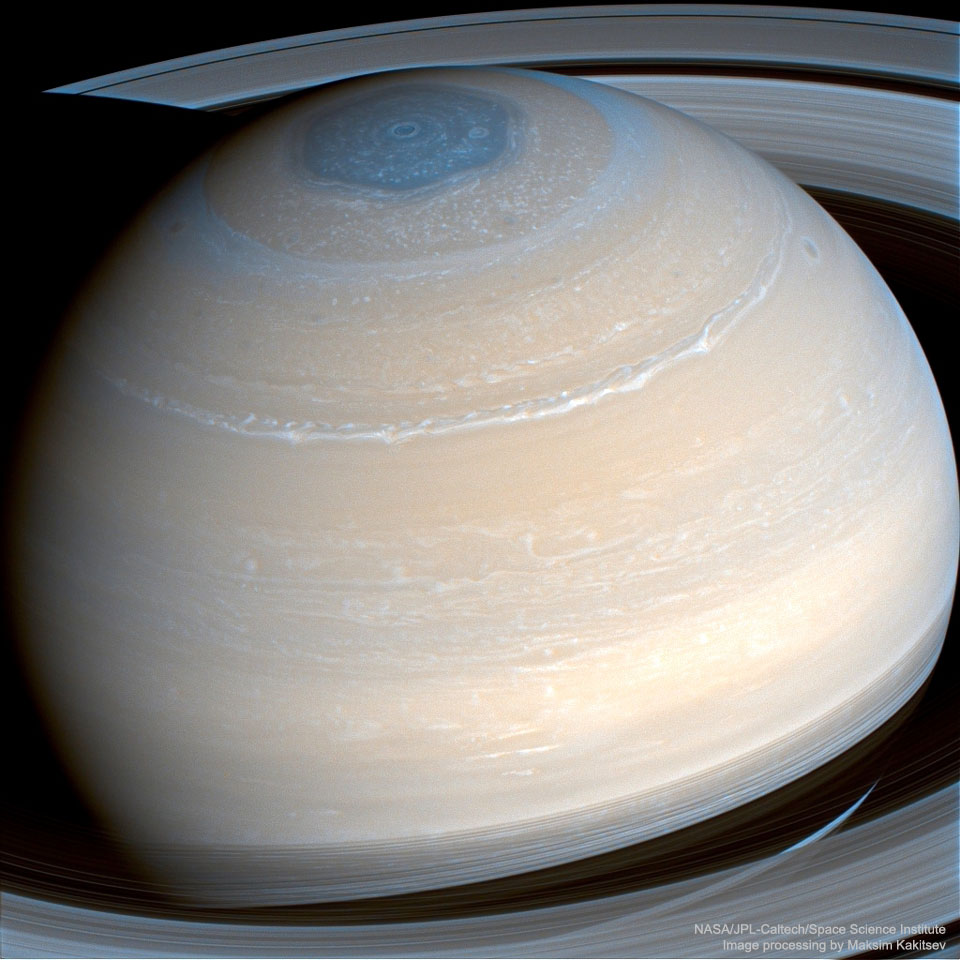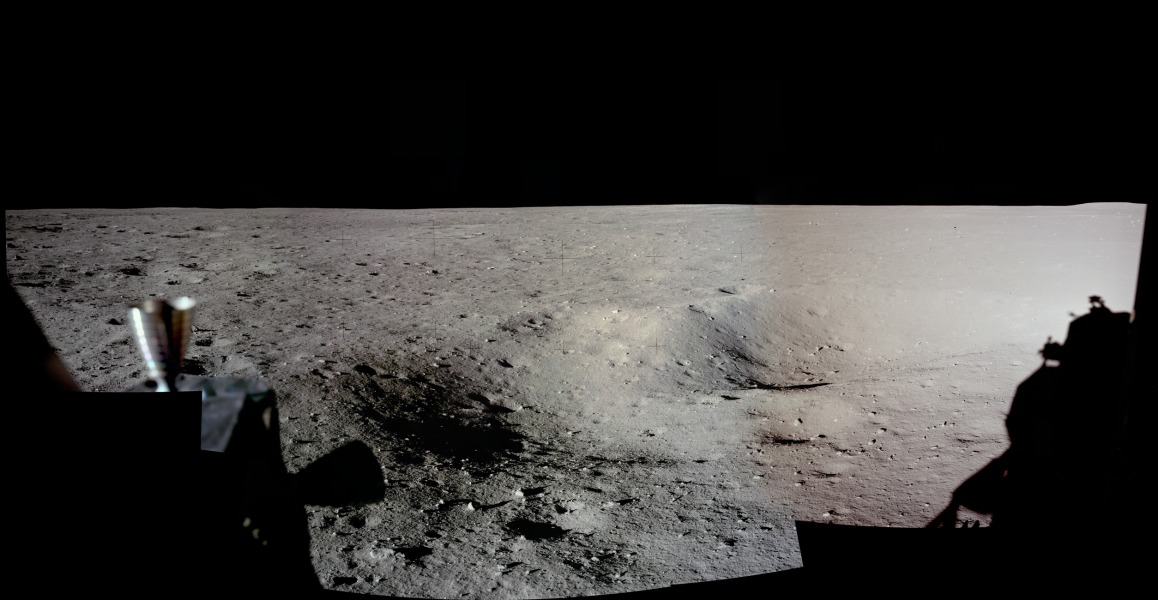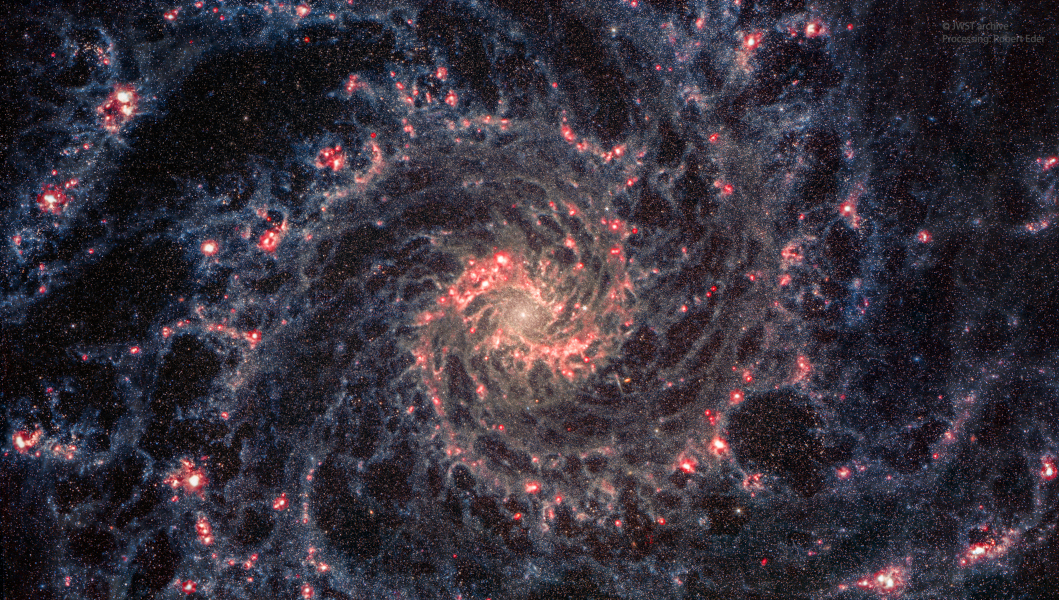Dennis Andrucyk, director of NASA’s Goddard Space Flight Center in Greenbelt, Maryland, has announced his intent to retire after more than 36 years of federal service, including multiple leadership roles at NASA and as Goddard’s director since January 2020.
from NASA https://ift.tt/VQIt49d
via IFTTT







